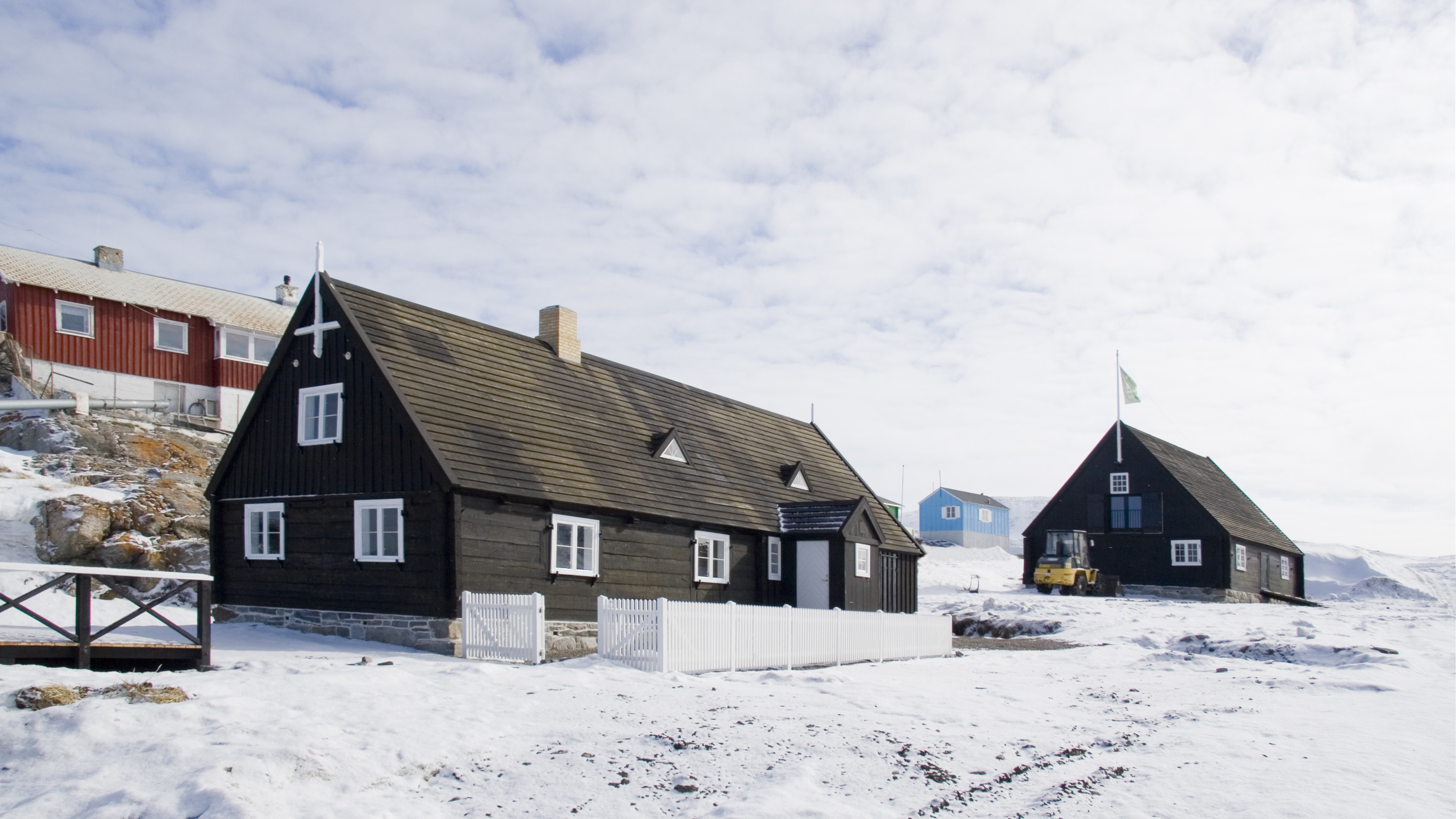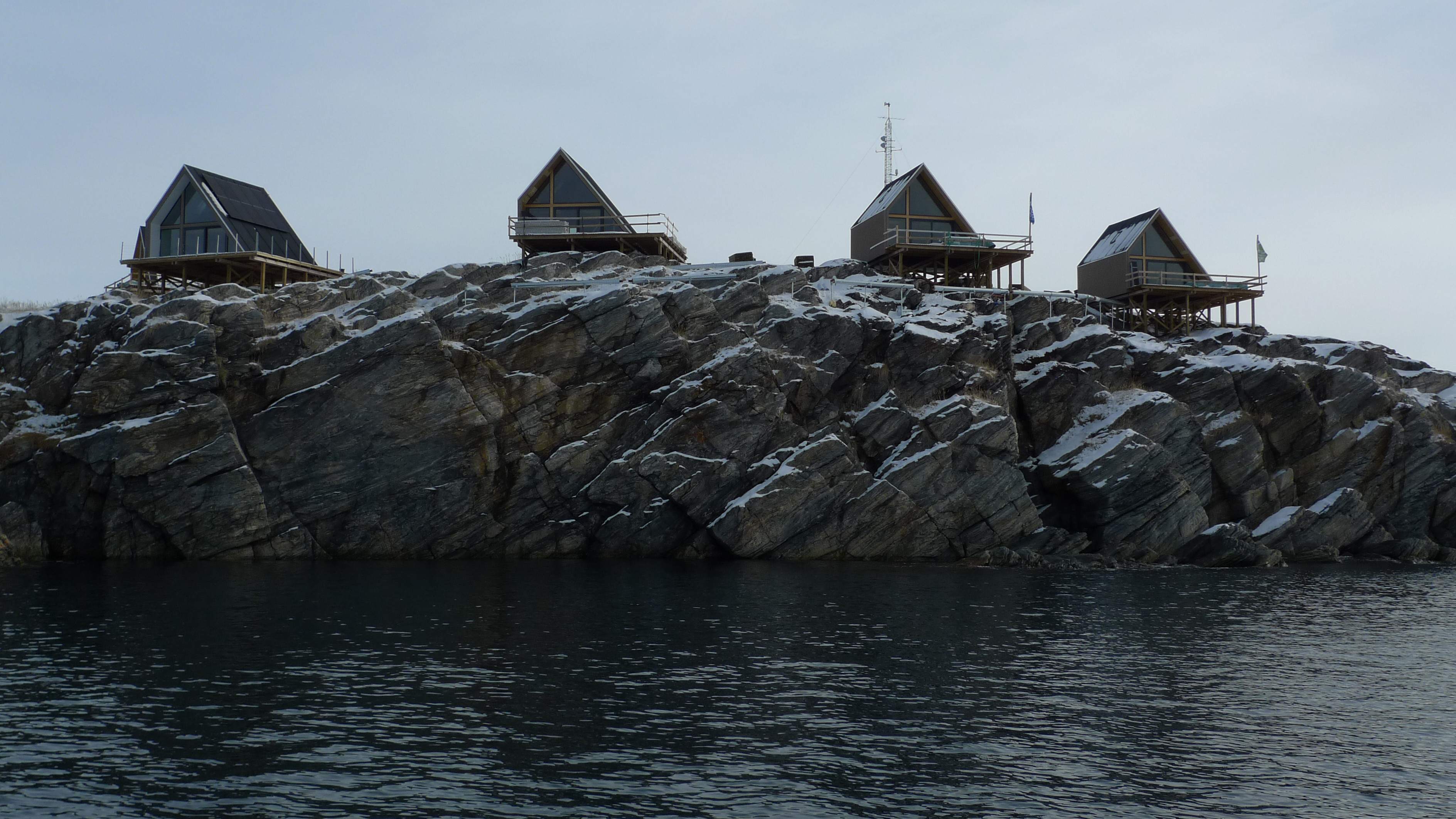Thanks to philanthropic efforts, a long-awaited visitor center at Ilulissat Icefjord could soon become a reality
With its 20,000 foreign guests each year, the Ilulissat Icefjord is Greenland’s most popular tourism attraction. A planned visitor center due to open its doors there in 2020 is expected to give the local businesses the opportunity to take full advantage of the site’s U.N. world heritage status, but getting the center off the ground, it turns out, requires the work of philanthropists.
The 10,000-square-foot (900 square-meter) center overlooking what scientists say is the world’s most productive glacier is expected to lead to an increase in the number of visitors to 25,000 in the first few years after it is built. Eventually, it could support as many as 35,000, provided an extension of the airport’s runway, allowing direct flights from abroad, pans out. Hotel capacity, currently less than 600 beds, must also keep up with the growth.
The idea of building a visitor center near the Icefjord has been around for at least two decades. But, it wasn’t until the area was granted world heritage status in 2004 that building one really made sense. And with the number of people visiting Greenland just beginning to take off at that time, funding one remained a hard sell.
One 2010 proposal appeared close. Pitched to local officials by Peter Zumthor, a renowned Swiss architect, it was to have broken ground in 2012 and been receiving guests a few years later. It earned local support, but stalled when it proved impossible to find the private funding needed to foot the entire cost of the 80 million kroner ($12 million) project.
But with the economic importance Greenland’s officials place on tourism (it is one of four pillars its growth will be built on), and with the importance of the Iceford for tourism (a third of tourism visits go to Ilulissat) the idea of building a visitor center near the Icefjord has never gone away.
Ilulissat Icefjord Centre from Dorte Mandrup Arkitekter on Vimeo.
The current plans for to build a visitor center appears to have a more solid financial foundation, thanks to the interest of philanthropic foundations, which will contribute three-quarters of the construction costs (which by now have risen to 116 million kroner). The rest of the money will come from the national assembly, which set aside 15 million kroner for a visitor center in Ilulissat as part of its plans to build a total of five at important tourism sites. The local authority will put in another 8 million kroner.
The largest contribution, 83 million kroner, will come from Realdania, a Danish foundation that supports new construction and renovation of existing buildings that can serve the public good. The money, given on the condition that Greenlandic officials could find the rest, was donated in 2015 after Realdania previously helped finance projects in other tourism attractions near Ilulissat.
Getting into the visitor center project, Jesper Nygård, the Realdania managing director, told Danish media at the time the decision was made, allowed the foundation to combine its focus on climate issues while also supporting Ilulissat’s economic growth.

One of the other projects Realdania funded is the recently completed renovation of two 300-year-old houses in Ilimanaq, a settlement of 84 that receives about 4,000 guests a year. The buildings now serve as a form of museum, cultural center and café.
Restoration of the two buildings was undertaken at the same time the local authority and a tourism firm built 15 luxury cabins overlooking the Icefjord. The two projects were meant to complement each other, and Nygård argues that multiple investments that give visitors “more than one thing to visit” are necessary for remote places like Ilulissat to develop as a tourism destination.

Two other charities, the Oak Foundation and the Bloomberg Philanthropies, have also contributed money to the visitor center. The final big chunk of philanthropic funding was unveiled last week when it was announced that the Nordea Foundation, a Copenhagen-based organization, would contribute the 16 million kroner the center needed to meet its projected funding requirement.
The Nordea Foundation is making an exception from its bylaws by funding a project in Greenland, but says supporting the visitor center is in keeping with its mandate of supporting projects that are oriented towards improved understanding of culture and the natural environment.
The funding will go towards things like informational displays and brochures in English, Danish and Greenlandic. The argument for making the donation, according to Henrik Lehmann Andersen, the Nordea Foundation’s director, is that it allows as many people as possible to “experience and understand” the Icefjord.
Should the visitor center that his and other foundations are funding make Ilulissat an economic success, it would serve a monument to philanthropy.



